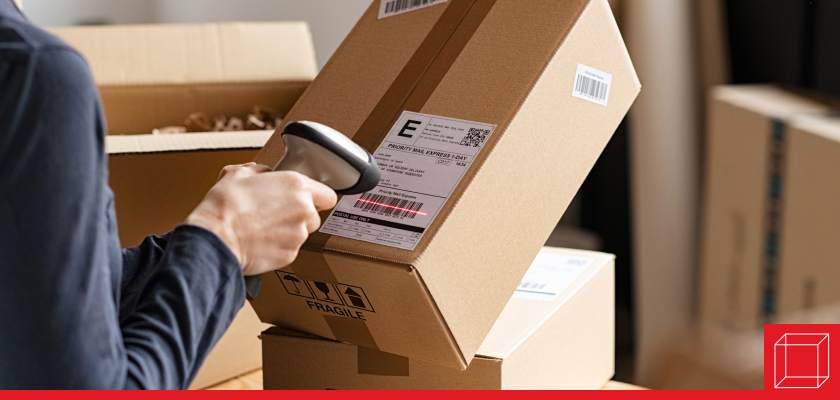What Happens to Online Returns | September 2023
Online shopping started to grow in the mid-1990s and quickly became mainstream in the early 2000s.

Not long ago, ordering online was a foreign concept. Online shopping started to grow in the mid-1990s and quickly became mainstream in the early 2000s. To help shoppers feel more confident ordering online, many retailers such as Zappos and Amazon offered free returns, giving customers a full product refund and paying for the return shipment, a practice that has since become the norm. But what happens to all of the returned products?
Supply chain management
To think of supply chain management as a one-way road is a mistake. Supply chain management, which refers to connecting and integrating all parties or members of the distribution system in order to satisfy customers, involves firms that are “upstream” in the supply chain (e.g., suppliers) and “downstream” (e.g., wholesalers and retailers) working together to serve customers. When a product is returned, it moves back upstream.
Reverse logistics
Logistical concerns involve physical distribution and the selection of transportation modes. Reverse logistics focuses on the upstream movement of materials and finished products. This includes when products are returned and then resold, repaired, replaced, recycled, or refurbished.
The primary goal of reverse logistics is to efficiently reclaim as much value as possible from the item moving back through the supply chain. Managing returns can be a lengthy and costly process for companies. Returns cost retailers nearly $1 billion in lost sales and are harmful to the environment due to the carbon emissions associated with transportation and packaging. Returning products to brick-and-mortar stores can save retailers money and cut back on emissions, but only a quarter of online purchases are returned in-store.
Returns must be inspected, and opened merchandise often cannot be sold again as new. The time spent processing a return is typically twice as long, if not longer, than shipping an item. Refurbishing defective products and then selling them again (typically at a lower price) can help retailers reclaim value and can be more sustainable than discarding the product. As a result of this long and expensive process, some online retailers occassionally processing returns altogether and opt to sell returned products to liquidation warehouses.
Liquidation warehouses
Liquidation warehouses act as an intermediary, buying returned products at a fraction of the original price, sorting through the items, and selling them to resellers. Resellers might include Macy’s Backstage, the Outlets at Bloomingdales, eBay and Amazon resellers, and mom-and-pop shops.
When the COVID-19 pandemic hit, consumers increasingly shopped online. As a result, the volume of returned products increased sharply. Liquidators benefited, swiping up the returned products to resell.
Landfills
According to one estimate, about a quarter of returns are recycled, destroyed, or sent to landfills. In 2022, more than 9 billion pounds of returns went to landfills.
Consumers have long benefited from free returns without having to consider where their returned products end up. Now, however, with more consumers taking an interest in sustainability and supply chain transparency, they are more knowledgeable than ever before.
The portion of retailers charging consumers for returns has increased in recent years. Retailers are also considering other ways to discourage returns, including reducing the return window and improving online product listings (e.g., virtual fitting rooms and more accurate sizing guides). The age of free returns might not last forever.
In the Classroom
This article can be used to discuss supply chain management (Chapter 8: Managing Operations and Supply Chains).
Discussion Questions
What is supply chain management?
What is reverse logistics and how does it relate to product returns?
Why are returns bad for the environment?
This article was developed with the support of Kelsey Reddick for and under the direction of O.C. Ferrell, Linda Ferrell, and Geoff Hirt.
Sources
David Owen, "What Happens to All the Stuff We Return?" The New Yorker, August 14, 2023, https://www.newyorker.com/magazine/2023/08/21/the-hidden-cost-of-free-returns



